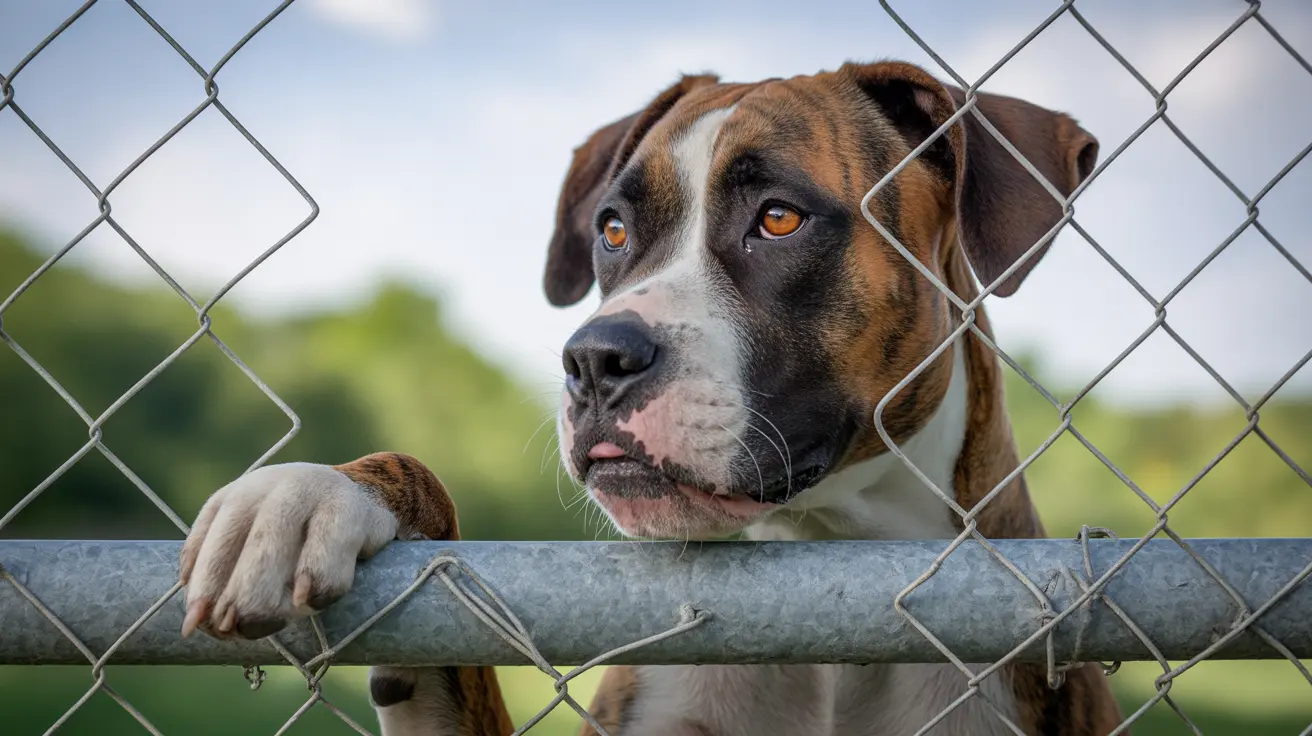Do Vets Recommend Dog Braces? A Comprehensive Guide for Pet Owners
Veterinarians frequently encounter injuries to the cranial cruciate ligament (CCL) in dogs—a condition analogous to the ACL tear in humans. The suggested treatment options include
surgery,
medications,
nutritional supplements,
rehabilitation, and
knee braces. While surgery remains the most effective treatment for many dogs, especially larger breeds or those with full tears, dog braces offer a viable alternative in select situations.
When Do Vets Recommend Dog Knee Braces?
Veterinary professionals consider dog knee braces appropriate in the following scenarios:
- When surgery poses a high risk due to medical conditions such as heart disease or Cushing’s syndrome.
- For older dogs or those with complications that make anesthesia risky.
- In cases of financial constraints where owners cannot afford the cost of surgery.
- As interim support while waiting for surgery to maintain mobility and muscle mass.
- In small breed dogs or dogs with partial tears where conservative therapy is sufficient.
- For post-surgical recovery, aiding rehabilitation and providing continued support.
Benefits of Using Dog Braces
Dog braces offer several advantages for appropriate candidates:
- Non-invasive: No need for surgical intervention or anesthesia.
- Lower upfront costs: More financially accessible than surgery.
- Faster initial recovery: Dogs can begin supported walking sooner, preserving muscle condition.
- Fewer complications: Reduced risks compared to surgical procedures.
- Custom-fitted solutions: Tailored braces provide better stability and comfort.
- Palliative care option: Especially helpful for senior dogs or when surgery has failed or is not an option.
Limitations and Considerations
Despite their benefits, braces come with certain precautions and are not a universal solution:
- Lack of permanence: Complete ligament tears or significant joint instability generally require surgery for a long-lasting solution.
- Owner compliance: Success with bracing depends heavily on adherence to a wear schedule and monitoring.
- Risk of improper fit: Poorly fitted or soft-material braces can cause rubbing, slipping, or exacerbate the injury.
- Tolerance: Some dogs may initially resist wearing the brace and need acclimation time.
- Limited in arthritis prevention: While braces can stabilize the joint, they may not prevent arthritis progression.
Custom vs. Generic Braces
Veterinarians often recommend
custom-made dog braces over off-the-shelf options for the following reasons:
- They deliver better anatomical fit, improving comfort and reducing slipping or skin irritation.
- They offer greater rigidity and structural support, important especially in medium to large breeds.
- They allow for custom adjustments based on the dog’s condition and activity level.
- Fabrication typically involves specialists like veterinary orthotists or rehabilitation professionals creating molds of the affected limb.
Types of Knee Braces and Their Features
Common designs include:
- Tamarack joints: Stiffer options designed for complete ligament tears.
- Stainless steel pivot joints: Allow for a more natural range of motion and are suitable for partially torn ligaments or more active dogs.
- Removable aluminum splints: Enable tailored support for dogs depending on the severity of the injury and activity level.
Veterinary Oversight Is Key
Consulting a veterinarian is essential before choosing a brace. Proper diagnosis ensures that bracing is appropriate for the dog’s condition. Dogs often require a customized mold of the limb to manufacture an effective brace. Follow-up under veterinary supervision helps monitor healing, adjust fitting, and minimize complications.
Veterinary guidance includes:
- Regular brace inspection and adjustment.
- Daily checks for skin irritation or issues.
- Instructions on increasing daily wear time.
- Removing the brace at night or as medically advised.
Additional Supportive Tools
In addition to knee braces, the following aids may contribute to improved mobility and recovery:
- Body harnesses: Useful for lifting and guiding the dog during walks.
- Dog wheelchairs: Suitable for dogs with bilateral injuries or extreme mobility impairment.
- Hydrotherapy and physical rehabilitation: Encourage muscular recovery and improve joint function when combined with bracing.
Conclusion
While surgery is still the benchmark for treating CCL ruptures in dogs, dog braces are a legitimate alternative in many cases. They are especially valuable for dogs that cannot undergo surgery or need temporary stabilization. The effectiveness of dog braces depends on various factors, including the injury’s severity, the dog’s size and health status, and the quality of the brace. Custom-fitted, rigid braces under veterinary supervision offer the best outcomes.
Ultimately, the decision to use a knee brace should be made through careful veterinary evaluation and ongoing management for optimal recovery and quality of life for your dog.





